A new small car range should soon be playing a key role in steering Volvo toward its ambition of winning premium brand status by 2020.
Due to be launched next year, the next-generation 40series models promise to set benchmark standards in powertrain and autonomous drive technology, claims research and development senior Vice President Peter Mertens.
"Our new C-sector line-up will not only compete with our premium rivals - it will be considerably
better in certain crucial areas. And the autonomous drive technology it will have will support our vision that no-one should be seriously injured or killed in a new Volvo after the end of this decade," he told Fleet News.
In an interview in Gothenburg, Mertens confirmed that the first model in the new series will be the XC40, initially available with carry-over two-litre diesel and two-litre and 1.5-litre petrol engines from the current range but likely to be offered after only a few months in Hybrid T5 form. Featuring a three-cylinder 1.5-litre petrol engine and an electric motor driving a seven-speed twin clutch automatic transmission, this car is expected to develop 250hp with low emissions and a 30-mile range from its battery.
"By 2019, we will add pure electric power with a 217-mile range and battery charging as fast as you can get and this model, along with the T5 and other vehicles in our portfolio, will allow us to market up to one million electric cars around the globe by 2025," he said as a concept of the SUV was unveiled at the Swedish corporation's design centre.
Not as wide as the current V40 but longer, taller and sitting a wheelbase stretched to 2,700mm, the XC has been at the top of Volvo's new-model wish list for the past three years.
"It is nothing like other small SUVs and is stylish, has compact overhangs, the height to give a commanding driving position and is practical. All our research indicates this is exactly what is needed by a lot customers in this fast-growing sector and I'm very confident it will be a success," said Mertens.
Looking production-ready apart from minor detail changes, the car has a muscular, clean and upmarket appearance and economies of scale achieved by the joint development with Geely, Volvo's Chinese owners, is freeing up resources on the development of top-flight electronics, connectivity and safety equipment. It is also allowing niceties like cameras to take the place of rear view mirrors to ultimately form part of autonomous drive technology.
Volvo's first small world car sits on the new CMA platform, a scaled down version of the scale able architecture created for the 60 and 90 series cars and modular components will allow greater design flexibility to open the door to hatchback, wagon and high performance versions. "Anything is possible and while rivals for the XC would most likely be the BMW X1 and the Mercedes-Benz GLA, we are now able to broaden our 40 series offering as we work to our goal of expanding global sales from 500,000 to 800,000 units per year," he said.
Also revealed at the design centre was a concept of how a hatchback 40 series model could appear. On the same wheelbase and 20-inch wheels as the XC and sharing similar frontal styling but with longer, lower and wider bodywork, it also has stand-out looks for a C-sector car and can be easily taken for a saloon with particularly generous luggage space.
"This is a new and very exciting segment for us and the fact that our new XC90 has exceeded all sales expectations means we're looking forward to the many new products we plan to roll out. The new CMA platform gives us a 100 per cent, no compromise Volvo that integrates all the technology from our bigger cars," said company president and chief executive officer.



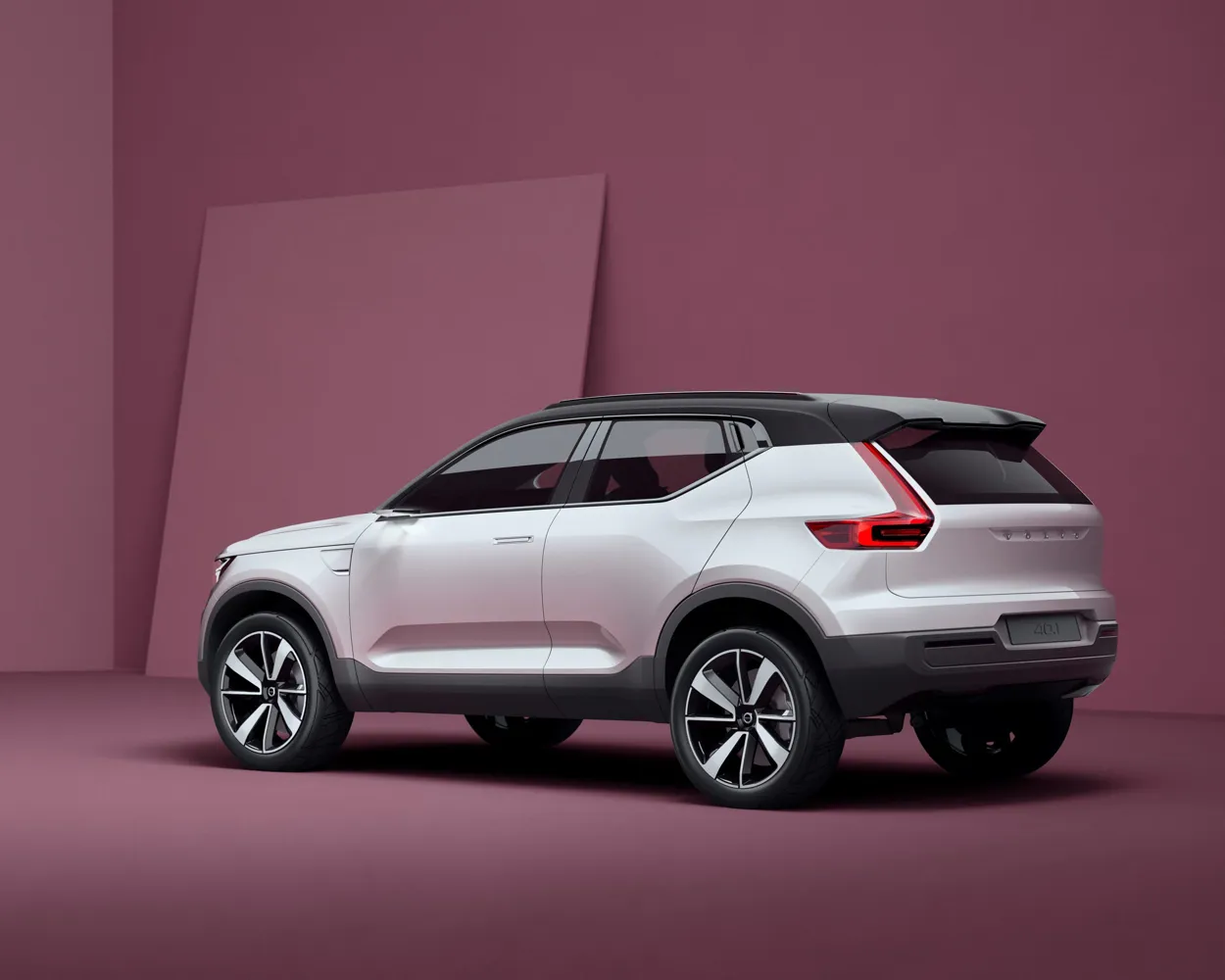

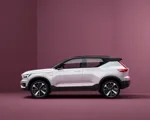
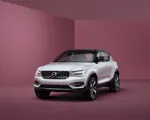
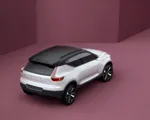
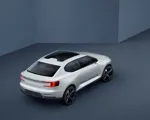
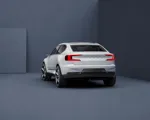

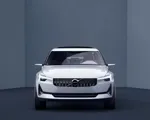
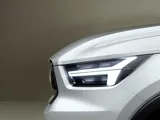


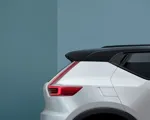













Login to comment
Comments
No comments have been made yet.